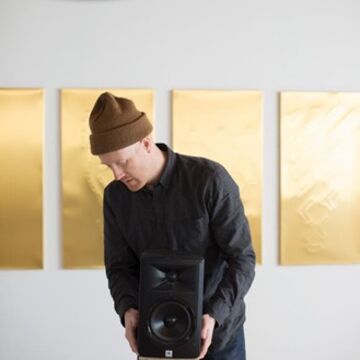

Austen Brown
Lecturer
Contact
Bio
Education: BA, 2007, Evergreen State College, Olympia WA; MFA, 2015, School of the Art Institute of Chicago. Exhibitions: Chicago Artists Coalition, Chicago; The Mission, Chicago; EXPO, Chicago; Super Sensor, Madrid Spain; Delaware Center for Contemporary Arts, Wilmington; Switched on Garden, Philadelphia. Biography: The Seen, Chicago Reader, Knights Art Foundation, Grid Magazine. Awards: HATCH, ACRE, Pew Charitable Trust.
Personal Statement
Austen Brown employs a site-based practice that encompasses sound, video, and installation strategies to draw conceptual lines between sites, using buildings as evidence to investigate histories of urban planning and architecture.